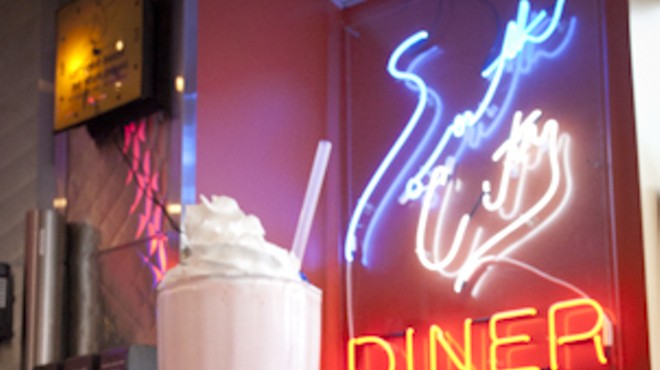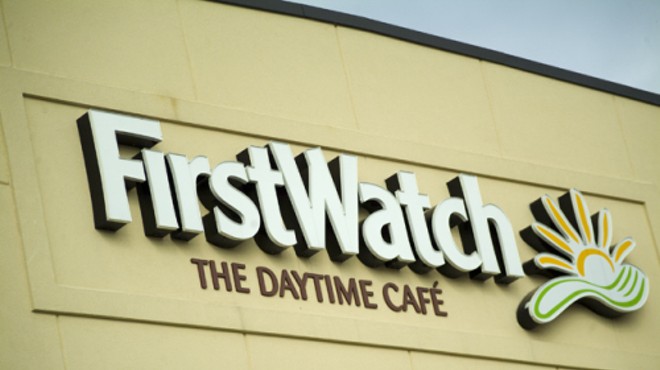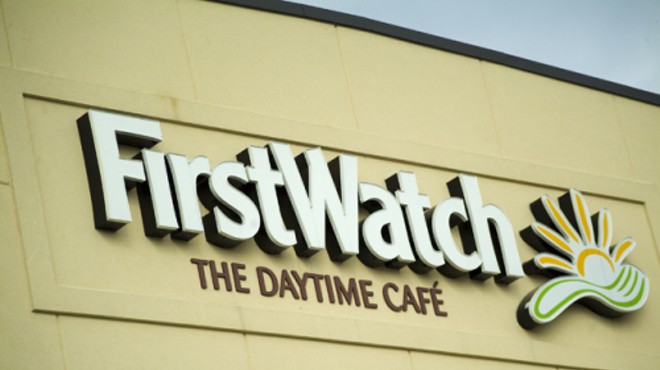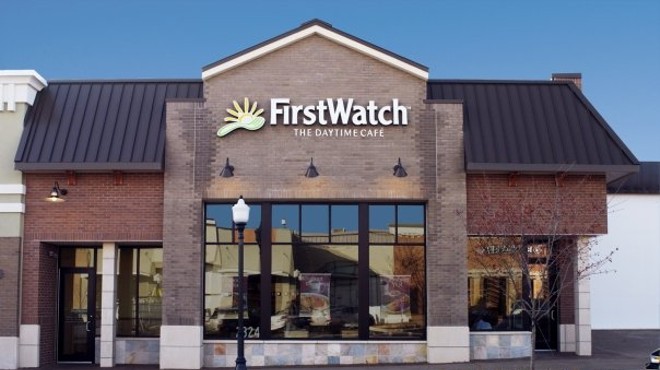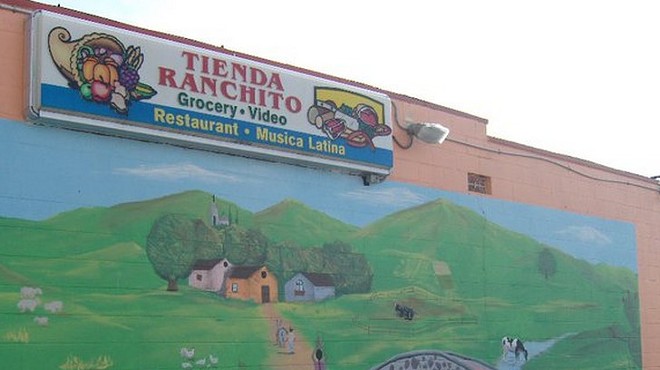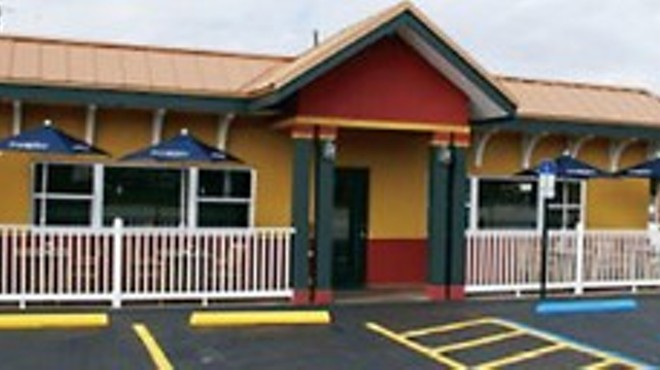First Watch offers a welcome alternative.
This pleasant, casual restaurant, which opened at the end of June off Olive Boulevard in Chesterfield, is open from 7 a.m.-2:30 p.m. and serves only breakfast, lunch and brunch. Its menu contains both an extensive list of healthier offerings and some true comfort food. A pitcher of icewater is standard on every table, and, for coffee drinkers, so is a bottomless carafe.
The menu contains generous servings of standard breakfast fare, like omelettes served with potatoes and an English muffin; made-from-scratch French toast, pancakes and Belgian waffles; and "sensational skillets," made with potatoes topped with melted cheese, eggs and such things as ham and mushrooms or avocado, bacon and onion or diced vegetables. For the health-conscious, there's the "tri-athlete omelette," with egg whites, mushrooms, onion, tomato, green chiles and low-fat cheese, or the fresh-fruit crê pes, two thin crê pes wrapped around fresh fruit and topped with strawberry yogurt, cinnamon and sugar.
More unusual items are also featured, like the turkey dill "crepeggs" -- a crê pe whipped with eggs and wrapped around diced turkey, mushrooms, fresh spinach, onions and Monterey Jack cheese, then covered with hollandaise, tomatoes and dill.
For lunch, there's a host of salads -- Greek, caesar, Cobb -- as well as unusual ones like Won's Oriental, which features teriyaki chicken breast, water chestnuts and cashews, sautéed in a sweet-and-sour dressing and piled on top of greens and crunchy oriental noodles. Sandwiches run the gamut from a chicken-salad melt -- with water chestnuts, raisins and celery on grilled multigrain bread with melted cheese and tomato -- to a BLT with a fried egg and cheese.
The chain's first restaurant opened 18 years ago on the bay in Monterey, Calif. -- where it derived its name and logo for the "first watch" in the morning -- after one of First Watch's partners heard about a guy who opened a strictly breakfast-and-lunch restaurant in Colorado because he wanted time to ski the slopes. The concept worked.
Ron Hendrix, a vice president of the Sarasota, Fla.-based company, says some people doubted whether a restaurant could succeed without serving dinner or alcohol, "but it provides us with a niche we can concentrate on." The company now has 35 locations in Florida, Arizona, Ohio, California and Missouri, including eight restaurants in the Kansas City area. Hendrix says First Watch is planning to open as many as four to eight restaurants in St. Louis. He is currently in lease negotiations for another site in Creve Coeur. Prices range from $2.75 for biscuits and gravy to $6.50 for an "Acapulco Express" omelette. There's also a kids' menu.
-- Laura Higgins



